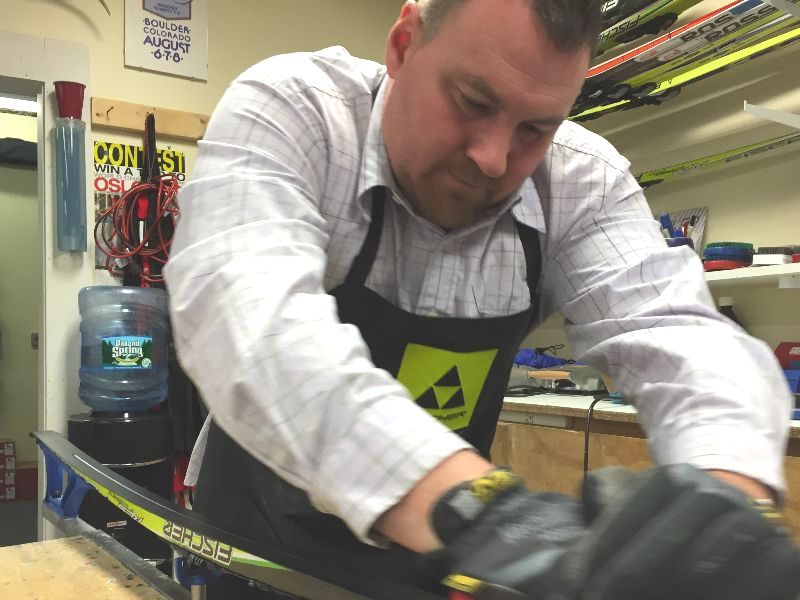
This week, we bring you a Throwback Workout perfect for October from Alaska Pacific University’s Reese Hanneman. Now 27 and married, Hanneman, a Fairbanks native, still lives and trains out of Anchorage, Alaska, and is currently at a (not-so-dryland) U.S. Ski Team training camp in Park City, Utah. Read original workout here.
***
[circa December 2010]
If you’re wondering about your fitness heading into the new racing season, Reese Hanneman has a workout for you.
The session—a long threshold interval peppered with 30-second all-out sprints—will give you a good idea of whether you’re ready to rock, or whether you’ve got some more work to do before pulling on a bib.
“It’s a good one of those eye-opening workouts,” Hanneman said.
Hanneman has only done this session once, in mid-October with the rest of his team, the Anchorage-based Alaska Pacific University (APU).
The group began their workout at sea level—close to the ocean—then made their way uphill, ultimately climbing some 2,000 vertical feet.
The mechanics are straightforward: start with four-and-a-half-minutes of low level three (50 k pace, Hanneman said), followed immediately by a 30-second all-out sprint. Then repeat. And repeat, and repeat, until you’ve been going for 45 minutes, in Hanneman’s case. There are no breaks after the sprints.

“You’re supposed to just keep rolling—you don’t stop,” he said. “You just revert back to threshold.”
The workout is an end in itself, but just as importantly, Hanneman said, it’s designed to show how quickly one can clear lactic acid.
For APU’s distance specialists, like James Southam, the surges might not be too difficult to handle. But they took a toll on Hanneman, who’s more of a sprinter.
“Within about 10 minutes, it became really obvious to me that I was having a hard time operating at all,” he said. “After the 30-second sprint, I would have to basically stop…and [Southam] could just kind of ski away from me. He was recovering right away.”
For Hanneman, the session ended up being a firsthand experience in the strengths and weaknesses of his fitness profile.
“I can go fast, and I can make a lot of lactate really quickly, but then the trick is dealing with that afterwards—and trying to keep going at a pace that’s not pathetic,” he said. “It’s one of the workouts that by next year, I want to be a lot better at…I think that’d be a good indication.”
Key to the workout, Hanneman said, is finding a consistent, challenging grade, because rolling terrain isn’t quite tough enough to keep him in zone three. Stop signs are problematic, too—you’ll want a clear path for the sprints.
While Hanneman limited the length of his session to 45 minutes, he said that some of the other members of his team, like Southam, will sometimes extend it to an hour. If you’re not quite up to that kind of challenge, you can try scaling it back to, say, 30 minutes.
And you don’t have to end the workout with a sprint—at least, APU doesn’t. That, Hanneman said, kept him from falling into the ditch on the side of the road.
“You can’t fake it, it doesn’t seem like,” he said of the workout. “I knew what I was in for after one sprint.”



